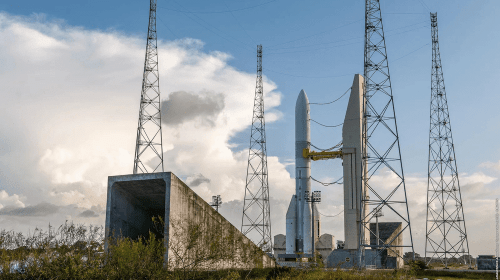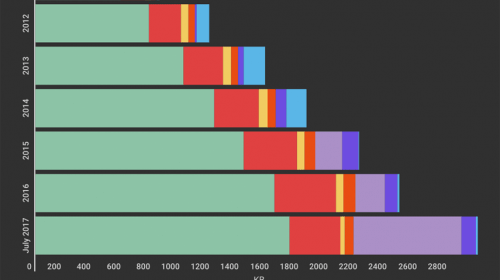The European Space Agency (ESA) successfully tested its Intermediate eXperimental Vehicle (IXV) on Feb. 11.
ESA tests mini-Space Shuttle
The European Space Agency (ESA) successfully tested its Intermediate eXperimental Vehicle (IXV) on Feb. 11.
The car-sized prototype was launched into space aboard a Vega rocket from the European Spaceport in French Guiana and returned to Earth 100 minutes later via a parachute-assisted splashdown in the Pacific Ocean.
IXV is designed to be a reusable spacecraft. A recovery ship was waiting for its watery return in the Pacific.
“It [the test flight] couldn’t have been better, but the mission itself is not yet over,” said Jean-Jacques Dordain, director general of ESA. “Now it’s going to be necessary to analyze all of the data that was collected throughout the flight.”
The IXV is a wingless “lifting body” design measuring 16.4 feet in length and 7.2 feet in width. The craft weighs two tons when completely fueled, according to ESA.
During the 100-minute flight, IXV reached a maximum altitude of 261 miles and reentered the Earth’s atmosphere at a speed of 16,800 mph.
IXV is considered an “intermediate” technology because it is envisioned as a steppingstone to the Program for Reusable In-orbit Demonstrator for Europe (PRIDE) space plane.
The PRIDE space plane is planned to be similar to the U.S. X-37B only smaller and less expensive. Unlike the X-37B, the PRIDE project will be managed under civil auspices, according to ESA.
The U.S. X-37B is a U.S. Air Force project with classified payloads.





